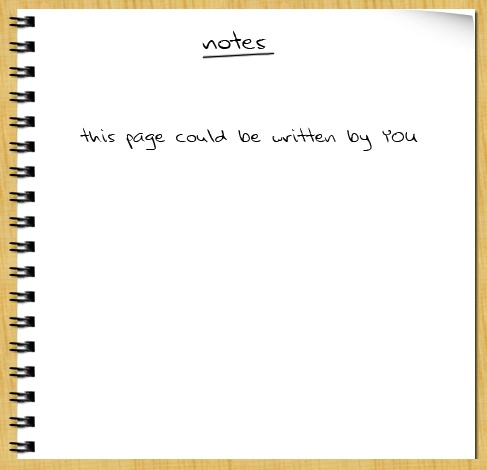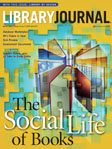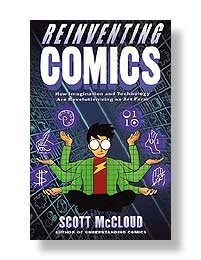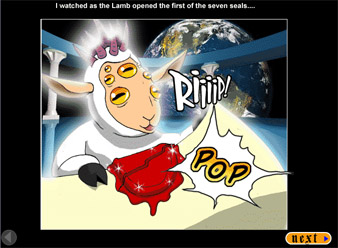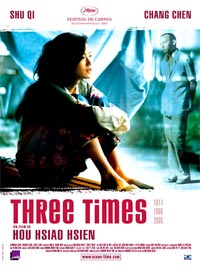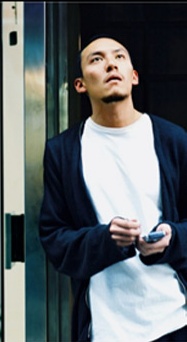In the New York Times own book discussion forum, one rirutsky opines eloquently on the problems with Kelly’s punch-drunk corporate optimism:
…what I find particularly problematic is the way that Kelly’s “analysis”–as well as most of the discussion of it–omits any serious mention of what is actually at stake in the utopian scheme of a universal library (which Borges, by the way, does not promote, but debunks). It has little to do with enabling creativity, but rather, with enabling greater corporate profits. Kelly is actually most close to the mark when [he] characterizes the conflict over digital books as a conflict between two business models. Of course, one gets the impression from some of Kelly’s writings that for him business and creativity are more or less the same thing….
….A more serious consideration of these issues would move away from the “old” binary antagonisms that Kelly outlines (surely, these are a relic of a pre-digital age) and think seriously about how society at large is changed by digital technologies and techniques. Who has the right to copy or to make use of data and who does not? In a world of such vast informational clutter, doesn’t power accrue to those who can afford to advertise? It is worth remembering, too, that searching is not, after all, a value-free operation. Who ultimately will control the searching and indexing of digital information? Should the government–or private corporations–be allowed to data mine the searches that people make? In short, who benefits and who loses from these technological changes? Where, precisely, is power consolidated?
Kelly does not even begin to deal with these sorts of serious social issues.
And from a typically immense Slashdot thread (from highlights conveniently collected by Branko Collin at Teleread) — this comes back to the “book is reading you” question:
Will all these books and articles require we login to view them first? I think having every book, article, movie, song, etc available for use anytime is a great idea and important for society but I don’t want to have to login and leave a paper trail of everything I’m looking at.
And we have our own little thread going here.

